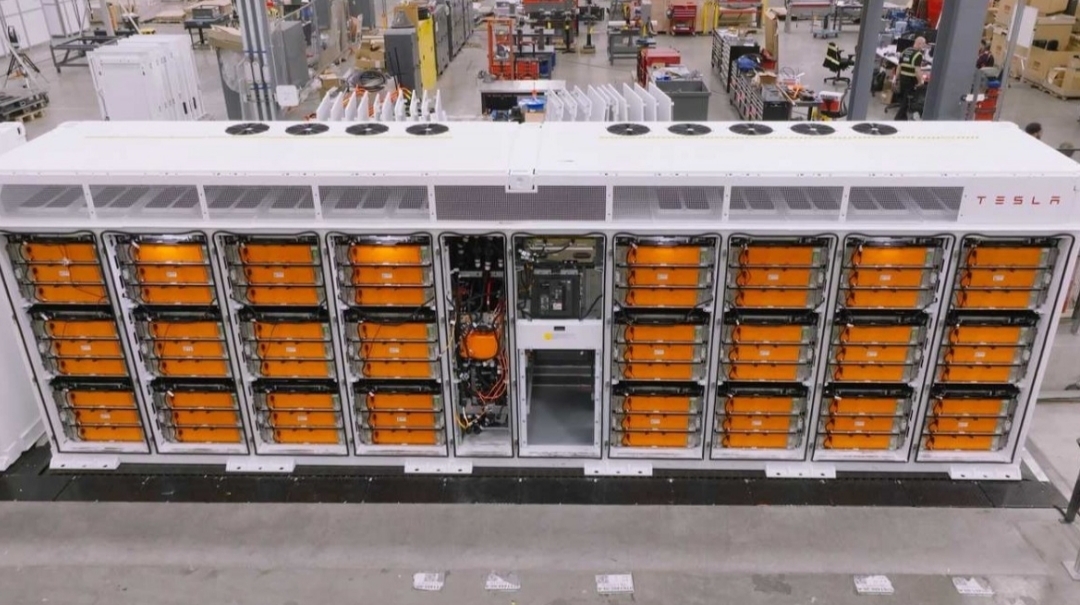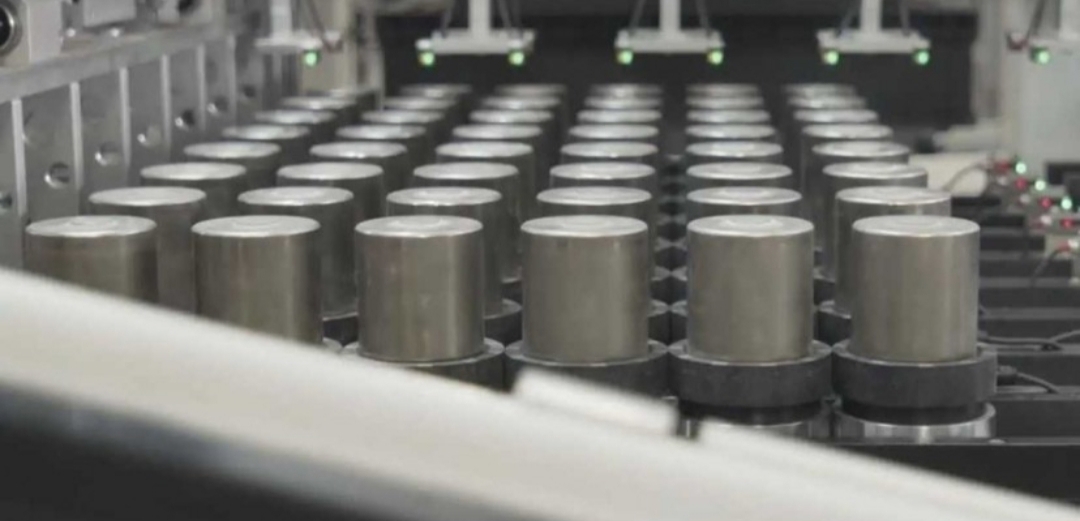Tesla’s New Nevada LFP Battery Factory Could Revolutionize Affordable EVs in America
In the high desert of Nevada, not far from its original Gigafactory, Tesla is finalizing construction on a game-changing new facility — its first North American plant dedicated to Lithium Iron Phosphate (LFP) battery production.
This marks a major strategic shift for Tesla and could reshape the future of both electric vehicles and renewable energy infrastructure across North America.
Until now, U.S. EVs have mostly relied on nickel-based chemistries like NCA and NCM — powerful but expensive, and dependent on controversial materials like cobalt. LFP batteries, in contrast, are cheaper, safer, longer-lasting, and made with abundant materials like iron.
Tesla already uses LFP cells in some Model 3 and Model Y variants overseas, but high import tariffs have kept them largely out of the U.S. That could soon change.
Key Impacts of Tesla’s New LFP Factory:
Energy Division First: The Nevada facility will primarily produce LFP cells for Tesla Energy products like the Megapack (for grid storage) and Powerwall (for homes).
More Affordable Teslas: A U.S.-based LFP supply could bring cheaper Model 3 and Model Y variants to the American market by 2027.
$25,000 Tesla Incoming? This factory plays a crucial role in Tesla’s vision for an ultra-affordable, mass-market EV — a goal that hinges on the cost-efficiency of LFP technology.
Longer Lifespan + Safer Charging: LFP packs allow regular 100% charges without accelerated degradation, unlike nickel-based batteries.
Beyond vehicles, LFP is ideal for stationary storage where size isn't as critical as cost, safety, and durability — exactly what Tesla needs for expanding clean energy adoption.
As Tesla localizes battery production, this could be the beginning of a new era of affordable EVs and scalable energy solutions in the U.S.








Post a Comment